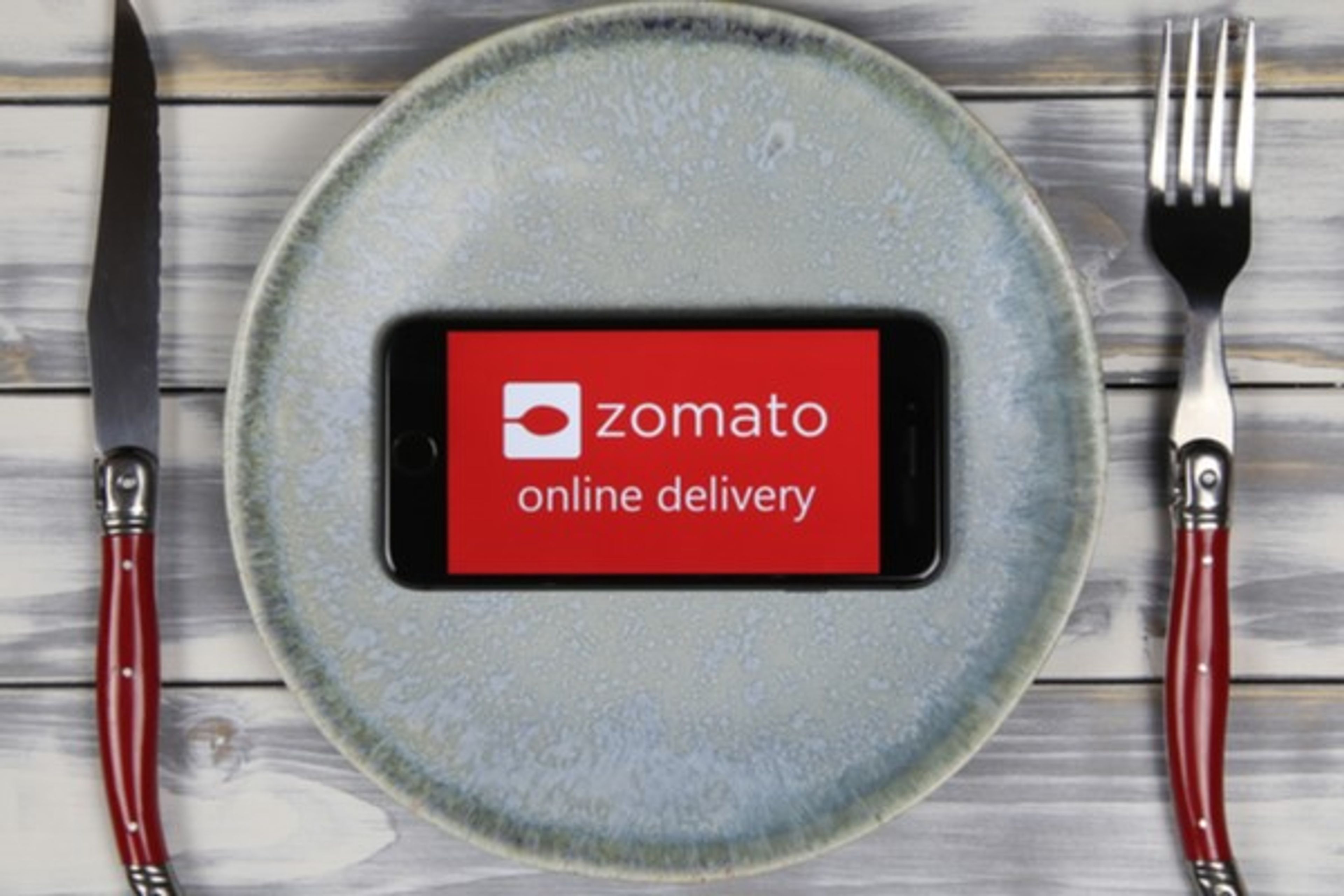Sign In

Takeaways from Zomato’s historic IPO

Aditi Shrivastava

Madhav Chanchani

Aditi Shrivastava

Madhav Chanchani
Subscribed by over 38 times already, Zomato’s IPO has created history. We look into what the IPO means for startups and entrepreneurs. And also into the team that took Zomato public
July 16, 2021
7 MINS READIndia’s first Unicorn IPO is done. And here is how it stacks up:
Total subscriptions for Zomato's IPO were over 38 times, according to data from the Bombay Stock Exchange. That adds up to bids worth over $26.3 billion and counting.
The qualified institutional buyers portion of the issue, which is 75% of the issue, was subscribed 51.8 times.
Retail was subscribed 7.45 times and the non-institutional portion by 32.9 times.
The anchor portion of the IPO was already subscribed 35 times, according to reports. The anchor portion, which accounted for 45% of the total $1.25 billion IPO, had mopped up $562 million earlier this week.
We also have a detailed Org Chart of the Zomato team that pulled off this historic IPO.
Zomato’s public share listing is the first by a domestic tech Unicorn company, making it pivotal for India’s startup ecosystem. In markets like the US, IPOs account for 70-80% of the exit value for investors. For venture capital firms, M&As and secondary share sales are erratic and not outcomes that can be controlled, whereas IPOs help an ecosystem drive a steady stream of exits.
“This (the Zomato IPO) is better than the Flipkart exit because there have not been large acquisitions after it. And it was one foreign investor buying shares from another foreign investor. Here, everyone gets to participate in the wealth-creation,” said a venture investor tracking the IPO.
Back in 2018, India’s startup ecosystem got a lease of life when Walmart acquired 77% of the country’s largest online retailer Flipkart for $16 billion. That deal gave Flipkart’s investors such as Accel and Naspers, and its employees and founders a $14-billion payday. But that mega deal, which is also one of the largest acquisitions of an Indian company by a global player, has stood out more as an anomaly.
So where do investors in India’s startups get an exit on the tens of billions of dollars invested in the ecosystem every year? IPOs are the answer.
Here are our main takeaways from Zomato’s IPO:
Growth, Not Profitability: Zomato’s messaging has been clear that it will put growth first. The contribution margin for its food delivery business (or the money made on every order) was Rs 22.9 in the nine-month period ended in December. But for the full year ended in March 2021, this figure was Rs 20.5, signaling a significant drop in the last quarter of the financial year, coinciding with a record quarterly gross sales of Rs 3,313 crore ($450 million).
Read this article for free
Sign in using
Or
Sign in using your email
Don't have an account?
Sign Up
Forgot Password?
By signing up for The CapTable you agree to the
Smart Information, Better Decisions
We report on the latest and most important developments in India’s biggest tech companies and disruptive startups so you can make better decisions.
Inside View with Org Charts
Know the key decision-makers with Org Charts. We thrive on decoding boardroom conversations so we can bring you a 360° view of what's happening at India's high-growth companies.
Seasoned Team
Tracking the highs and lows of India’s biggest internet companies over the past decade has given us access to the right decision-makers to interpret the latest state of play.
Inside View
We thrive on inside scoops and decoding boardroom conversations so we can bring you a 360° view of what’s happening at India’s high-growth companies.
LatestStories
Investments
Premium Reads
Going solo: LPs want direct stakes in India's startup successes
By Nikhil Patwardhan
Venture Capital
Premium Reads
Sanjeev Bikhchandani on the rise of quick commerce, Zomato's turnaround, and state of Indian startups
By Sohini Mitter
For subscribers only
Deeply reported and objective news on the country´s fastest-growing companies and the people behind them.

12 Min Read
Going solo: LPs want direct stakes in India's startup successes
By Nikhil Patwardhan

13 Min Read
Sanjeev Bikhchandani on the rise of quick commerce, Zomato's turnaround, and state of Indian startups
By Sohini Mitter

12 Min Read
A year into bankruptcy, Go First’s case threatens to ground India’s aircraft leasing dreams
By Raghav Mahobe

12 Min Read
Udaan's getting smaller, its problems aren't
By Pranav Balakrishnan

11 Min Read
Funding for Indian startups is back*
By Nikhil Patwardhan

6 Min Read
RBI’s muted monetary policy: The calm before potential summer storm
By Dr Srinath Sridharan